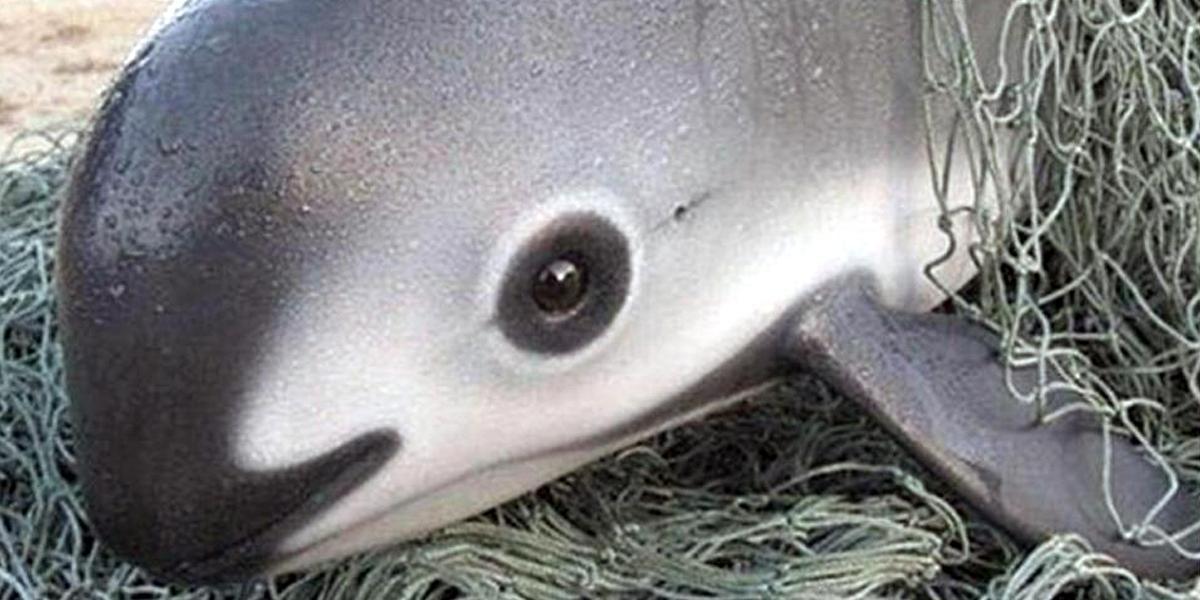
Mexican Government Stands in Solidarity With Sea Shepherd to Save Nearly Extinct Vaquita

Thanks to a swift response by the Mexican government, a potentially dangerous confrontation by hostile fisherman towards Sea Shepherd was averted on March 30.
A temporary restraining order issued against the fisherman on March 28 by the Attorney General’s office was ratified by a judge on April 5.
Protesting fishermen, led by one of San Felipe’s fishing cooperative leaders, held a demonstration on March 26 where they threatened to burn Sea Shepherd ships if they were still in the Gulf by, March 30 at 14:00 hours.
Sea Shepherd is currently in the Gulf, also known as the Sea of Cortez, for Operation Milagro III to protect the near extinct vaquita porpoise and the endangered totoaba bass. The campaign is in partnership with the government of Mexico.
At the demonstration, the fisherman and their leader took a small local fishing boat, known as a “panga,” painted Sea Shepherd’s name on it and burned it in the streets of San Felipe. The act served as a warning that they would do the same with the anti-poaching organization’s ships, the M/Y Sam Simon and M/V Farley Mowat, if they did not exit Mexican waters. The demonstration ended with the leader promising to attack the Sea Shepherd crew with 200 pangas on March 30.
When that date arrived, Mexican Navy vessels acted as escorts for the Sam Simon and the Farley Mowat in case a clash occurred. Meanwhile, on shore police screened fishing boats before allowing them to launch in to the sea.
However, no more than 60 pangas managed to assemble in the harbor and none set sail towards Sea Shepherd. No one was hurt on either side and no property damage occurred.
Restraining Orders Placed on Fishermen
On April 5, a Mexican judge ratified a restraining order to the fisherman and their group leader, forbidding them to speak, threaten and harass campaign leader and Sam Simon Captain Oona Layolle and the Sea Shepherd crew aboard the Sam Simon and the Farley Mowat. The fisherman have been ordered not come near the ships and land base.
“Sea Shepherd very much appreciated the effective measures taken by the Mexican government to quell what was potentially a very explosive and violent situation,” said Captain Paul Watson.
Illegal poachers who set the banned gillnets that trap the vaquita, totoaba and other marine animals—are angry that Sea Shepherd is working with their government to remove these nets and remove the animals caught in them, be they dead or alive. The totoaba bladders fetch $20,000 a kilo in China, a price that has attracted individuals tied to organized crime and drug smuggling to the trade.
This illegal fishing has caused the vaquita numbers to dwindle down to less than 30, leaving the world’s tiniest porpoise on the brink of extinction. In March, Sea Shepherd found several dead vaquita floating in the Gulf.
The poachers’ animosity toward Sea Shepherd is further intensified because the conservation society uses drones to locate the illegal fisherman and the promptly notifies the Mexican authorities of their coordinates, which has led to arrests.
“Sea Shepherd is not in the area to oppose legal fishing activities,” said Captain Layolle. “Sea Shepherd’s actions are focused on illegal fishing and the only fishermen who have any reason to be angry with the Sea Shepherd ships are those whose illegal activities are being disrupted and shut down by Sea Shepherd crews.”

 233k
233k  41k
41k  Subscribe
Subscribe 